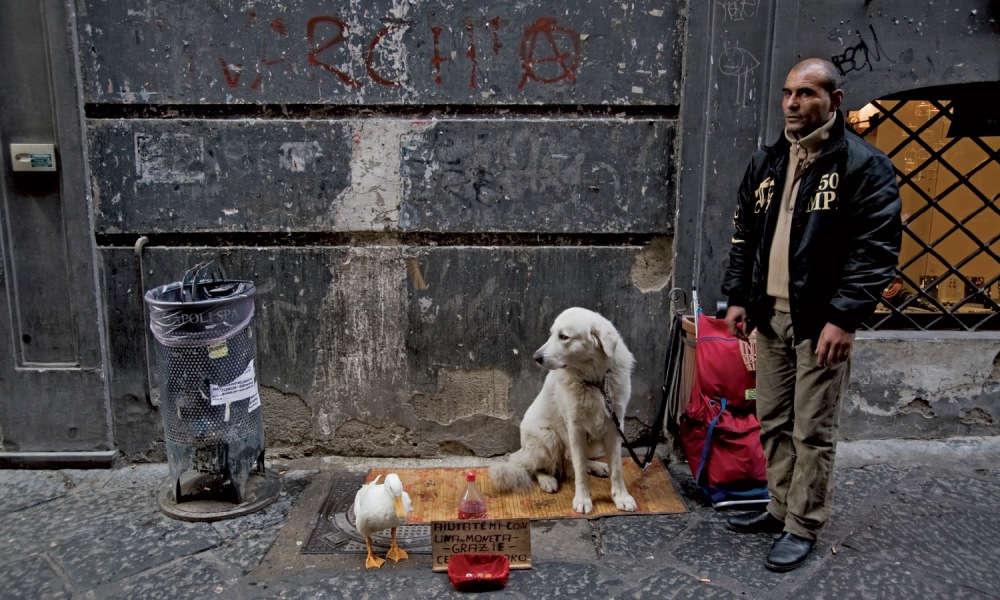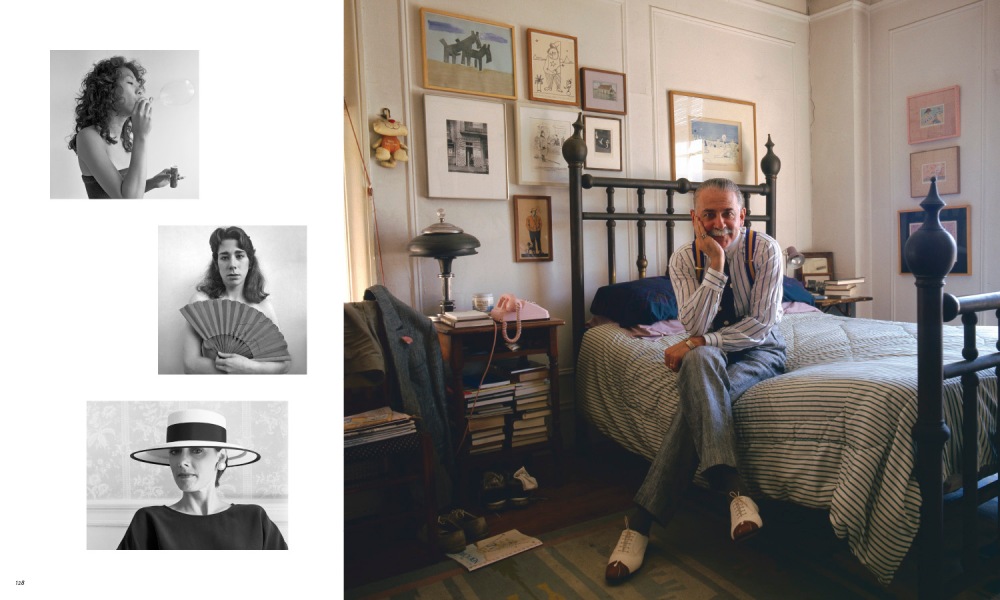2017

–
The human condition with its many complexities presents us with tremendous opportunities to ponder and explore. Let us consider the notion of beauty so often perceived as something very personal and highly subjective. I believe that beauty presides in all things; from pictorially established to the other extreme of what is sometimes regarded as grotesque.
–

–
We have learned from so many great image-makers. I like what Mapplethorpe said, in that he found an equal sense of beauty in an erect cock and a lovely flower, each deserving of a pedestal. Irving Penn set up a grey backdrop as he traveled the world to lesser-known remote places, and he presented humanity in a larger more holistic fashion. He, like many of us, drew influence from August Sander who came before. Penn later gathered rubbish in the gutters and streets of New York, elegantly arranging the items as relics of humanity in his studio. He produced platinum prints that became impeccable in their treatment. This was pure beauty made from garbage.
–

–

–

–

–
Richard Avedon certainly introduced his own particular aesthetic in large unorthodox compositions of what we might deem as “outtakes” of his many photographs of people famous or not. Our conditions as human beings brings us to many places of understanding. We must meet what we consider beauty head-on in our own way.
–

–

–
Recording the human form is a great challenge and undertaking. Call it a portrait or not. But what becomes clear is that humanity is indeed a fascinating subject given to endless interpretations. These can be arduous studies or instant snaps. What we often seek in looking at a portrait is a sense of Being suggested in the photograph, something far more revealing than mere visual identity. Likeness does little more than deliver such statistics. A portrait seeks to command a meeting place when confronted by the viewer’s eyes, and this should be the photographer’s clear intention. We can make up our own minds in confronting the image held.
–

–

–
A portrait is often meant as a stand-alone statement, but may come in a number of phases or variations. It can present diverse meanings and many possibilities. The portrait becomes the beginning of an open identity and provides some insights about the person depicted. I think of Steiglitz in his remarkable views of Georgia O’Keefe. No single image should be dismissed, nor would the flow of pictures be at all considered redundant. Each O’ Keefe photograph has real staying power and uniqueness, as a true portfolio of multiple studies.
–

–
A portrait may express or hint at human flaws. It is best if such imperfections are held within the frame causing us to question ourselves and the values we hold so dear. Diane Arbus boldly brought such issues to our attention, and I remain grateful to she and to her vast opera, a truly great teacher indeed.
–

–

–

–

–

–
Humanity has its faults and vulnerabilities and these things may well be the points made in a portrait. I like such a human image to emerge lacking pretensions, where the person is announced in a raw and unvarnished manner. The portrait may then become a kind of puzzle, lacking definitive answers and that is what makes some renderings so interesting. The viewer of the photograph may conjure up his own meanings or conclusions of the human subject. This might be far more powerful than a declarative finite statement with no room to move for the observer. The best portraits should keep us wondering and guessing, because that is what we imperfect humans do best.
Stephan Brigidi
27 June, 2017
–
